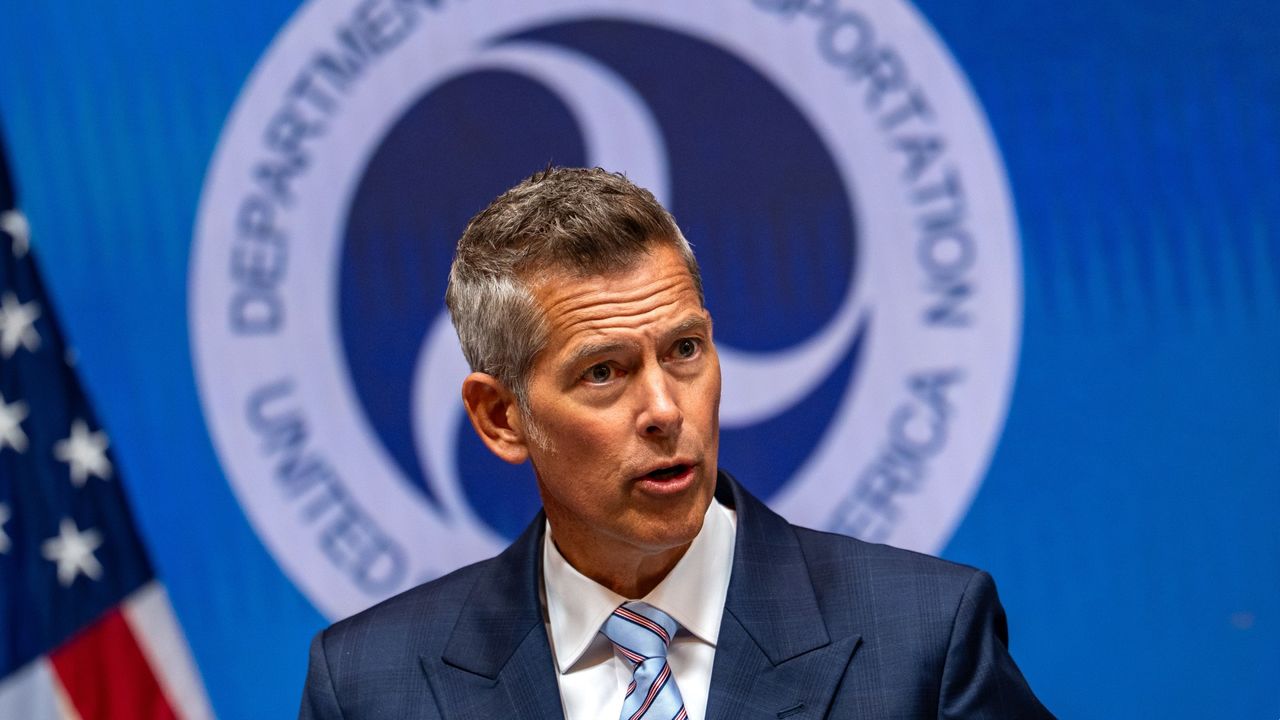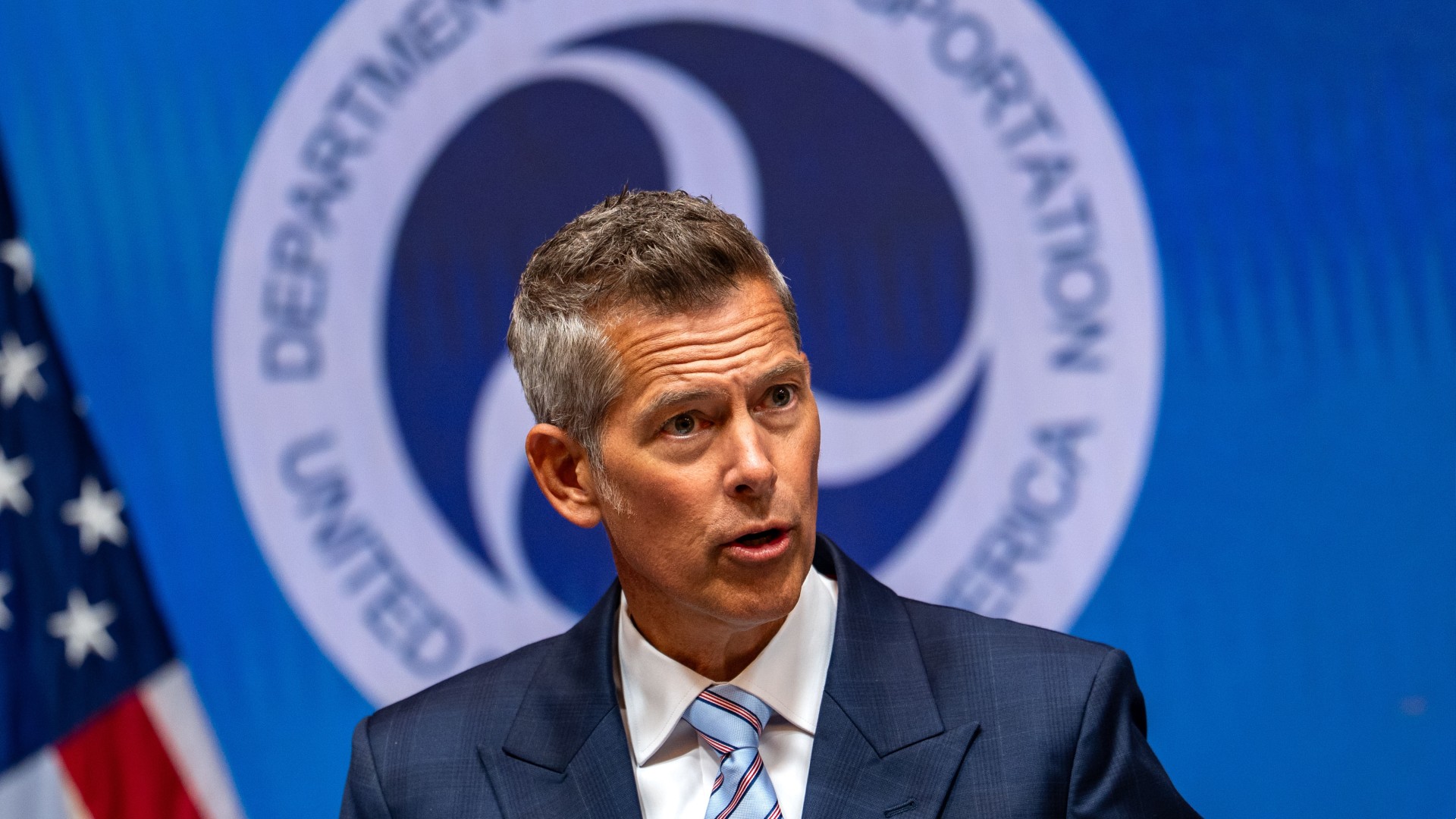
NASA's interim administrator says his call for the United States to put a nuclear reactor on the lunar surface by 2030 is part of a new race to the moon.
Agency chief Sean Duffy made the remarks during a press conference titled "Unleashing American Drone Dominance" hosted by the U.S. Department of Transportation (which Duffy also runs) on Aug. 5. According to Duffy, the reactor is part of a new space race, one with the ultimate goal of establishing a sustained human presence on the moon.
"We're in a race to the moon, in a race with China to the moon. And to have a base on the moon, we need energy," Duffy told reporters in response to a question about reports that surfaced earlier in the week about his ambitious directive to launch a 100-kilowatt nuclear reactor to the moon by 2030. Such a reactor would produce roughly the same amount of energy as an average U.S. household uses every 3.5 days.

Duffy went further than simply saying he wants the United States to beat China to the moon, however. The acting NASA chief said that he wants the U.S. to claim the "best" part of the moon for itself.
"There's a certain part of the moon that everyone knows is the best," Duffy said. "We have ice there. We have sunlight there. We want to get there first and claim that for America."
Because the moon rotates so slowly, the lunar surface experiences two weeks of darkness at at a time. That means solar power won't be efficient to power a crewed outpost — most robotic lunar rovers can't even survive the lunar night.
In addition, NASA and other international space agencies are interested in establishing bases in the moon's south polar region, near permanently shadowed craters where water ice is thought to be abundant. But because these areas are permanently dark, solar power won't cut it. Having another source of energy production could enable human explorers to venture into new areas where the sun literally doesn't shine.
Duffy was quick to point out that putting a nuclear reactor on the moon doesn't mean launching an active reactor atop a rocket. "We're not launching this live. That's obviously — if you have any questions about that, no, we're not launching it live," Duffy pointed out.
NASA plans on returning human explorers to the surface of the moon with its Artemis 3 mission, currently scheduled for no earlier than mid-2027. That mission will see a yet-to-be-named crew land near the moon's south pole for a six-day stay on the lunar surface — twice as long as the Apollo astronauts spent on the moon.
The interim NASA administrator went on to compare the two moon exploration programs, downplaying the public reach of his agency's own Artemis program. "A lot of people don't know even what Artemis is. Everyone knew what Apollo was. We all knew. The whole world knew what Apollo was. We were going to the moon; Artemis is, we're going back."







